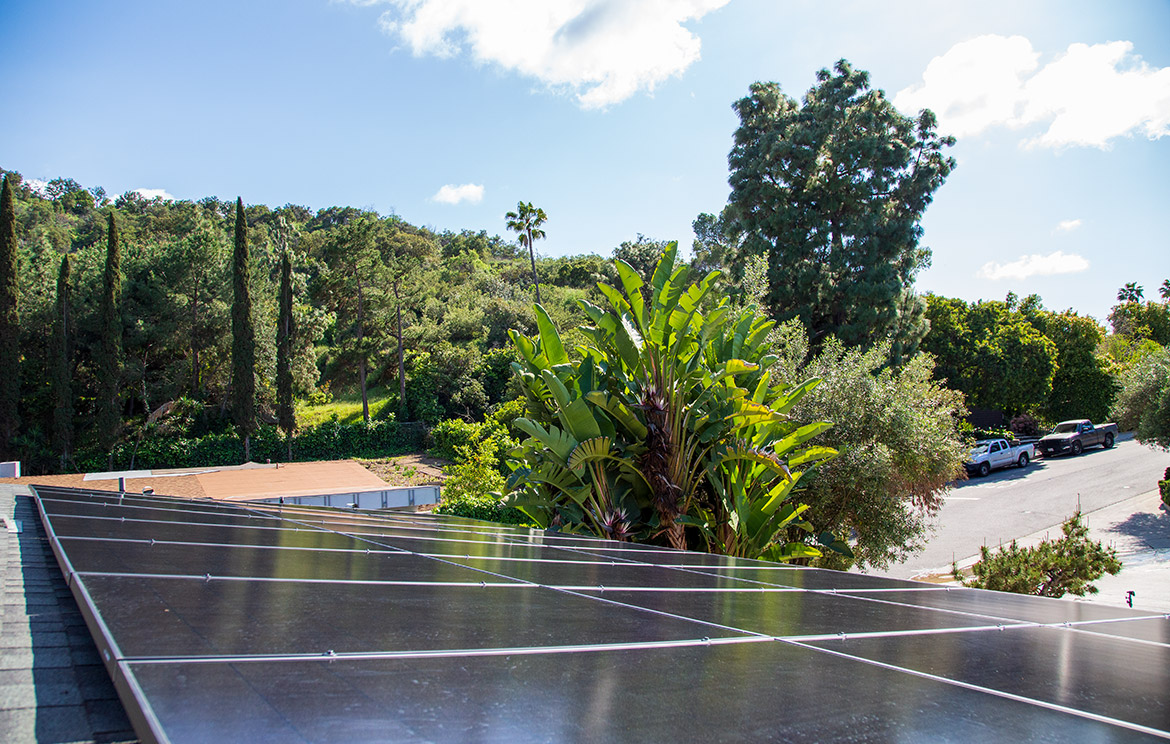




As people of all ages learn more about humans’ impact on the planet, it’s more important than ever to teach future generations how to decrease their carbon footprint and care for the earth. After all, kids are the leaders of tomorrow. Renewable energy sources continue to gain steam across the country, and it’s essential to teach our youth about the myriad of options — including solar, wind, hydro, geothermal, and even biomass energy. Find out how to introduce future generations to solar panels and energy conservation, and browse additional resources on all types of renewable energy.
Solar energy is radiant light and heat that can be harnessed from the sun using a range of ever-evolving technology such as solar panels. Solar energy is a dominant source of power and can be used in a variety of ways. Solar energy can be used as an energy source as well as a heat source. Many utility companies are starting to use photovoltaic systems, a process in which solar energy is directly converted to electricity using photo-voltaic devices on solar panels. Solar energy has a lot of promise, however, some drawbacks include the manner in which solar energy arrives at the surface of the Earth and the large area that is needed to efficiently collect the energy.
Wind is basically air in motion and scientists have begun harvesting wind to create power. Today’s windmills are much more efficient than those of the past and are able to collect kinetic energy from the wind, creating power.
Hydro-power is a reliable, renewable, and clean source of energy that converts the kinetic energy produced by falling water into electricity. Hydro power does not consume any more water than is produced by nature, making it a promising form of renewable energy. It is also one of the oldest methods used by the human race for creating electricity. To generate electricity, water must be moving at a sufficient volume and speed to cause a generator to turn. Often, dams are used to increase the force of moving water.
Geothermal energy is an efficient way to produce heat in small applications given that consumers need to be located near the source of the heat. Geothermal energy is basically heat from the Earth, and is an important source of energy that has many advantages over nuclear and fossil sources of energy. The heat created by the Earth can be used as a source of energy in many ways from small pumping stations to large power stations. Geothermal energy can be found nearly anywhere and tapping into it has proven to be a sustainable and affordable alternative to fossil fuels. Geothermal energy can be captured with binary, flash, and dry steam power plants.
Biomass is organic material that has sunlight stored in the form of chemical energy. Biomass fuels include straw, wood waste, wood, sugar cane, manure, and other byproducts produced from different agricultural processes. Biomass is considered a renewable form of energy because the energy contained within it is produced in part by photosynthesis. Biomass is sort of considered a battery that can store solar energy indefinitely. There are many types of biomass and many ways that it can be used to provide energy.
While it is important to understand the different forms of renewable energy, it is also important to know about nonrenewable energy, which is still mainly used today. When informed of the consequences of using nonrenewable energy, future generations can do their part to help with conservation. Kids can be engaged through hands on activities, so teach them about different things they can do at home and within their communities to contribute to conservation.
Learning about different types of energy can be fun for all ages. Check out how homes can be powered by renewable energy and how solar panels work.